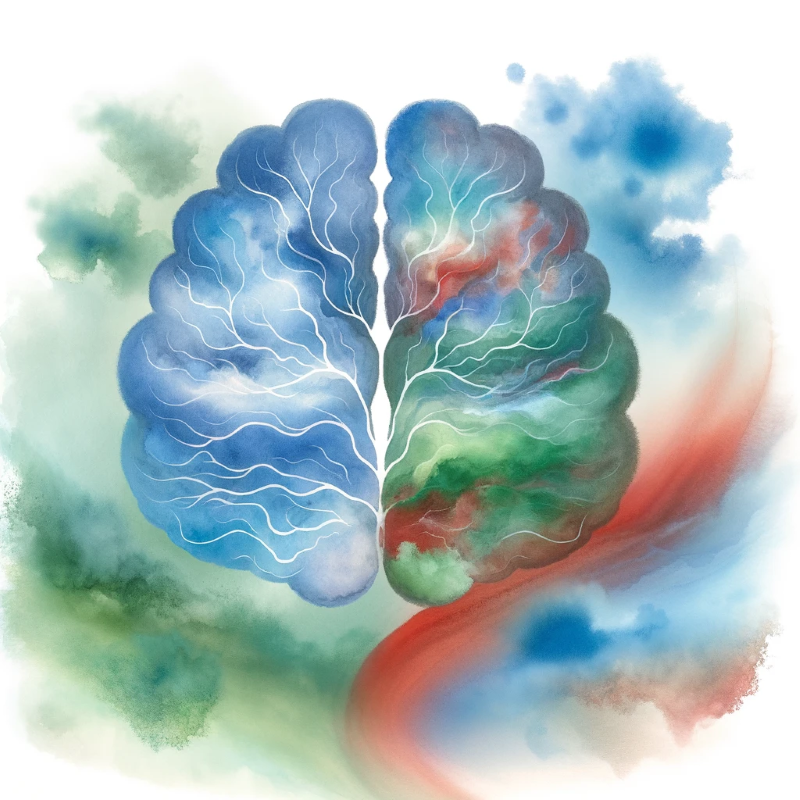Rethinking Neurodegeneration

In the ever-evolving field of neurodegenerative disease research, a groundbreaking study has shifted the scientific community’s perspective on the underlying causes of conditions like Parkinson’s and Alzheimer’s. Traditionally, the accumulation of protein aggregates in the brain was believed to be the direct cause of cell death. However, new insights suggest that the real culprit may be the body’s inability to deactivate the stress response in brain cells.
The Role of SIFI in Neurodegeneration
The Silencing Factor of the Integrated stress response (SIFI) is a significant protein complex recently identified for its role in managing protein aggregates and moderating the cellular stress response. In neurodegenerative diseases, the presence of protein aggregates triggers a stress response in cells. If this response remains active, it can lead to cell death, exacerbating the disease’s progression. SIFI’s function in cleaning up protein aggregates and deactivating the stress response is crucial in maintaining cellular health and preventing the advance of neurodegenerative conditions.
UBR4 Mutation and Early-Onset Dementia
Another pivotal discovery is the association of UBR4 mutations with early-onset dementia. UBR4 is essential in degrading proteins prone to aggregation, and its dysfunction has been linked to neurodegenerative diseases. This finding emphasizes the importance of understanding protein homeostasis in the brain and its impact on neurodegeneration.
Challenging Traditional Beliefs
Recent research published in Nature has challenged the long-held belief that protein aggregates are the direct cause of neurodegeneration. Instead, the inability to turn off the stress response in brain cells, even in the presence of these aggregates, appears to be the key factor in cell death. This revelation has significant implications for treatment strategies, suggesting that focusing on deactivating the brain’s stress response could be more effective than targeting protein aggregates.
New Treatment Strategies
The study suggests that drugs capable of deactivating the stress response and maintaining SIFI activity could offer new hope for treating neurodegenerative diseases. This approach could rescue cells affected by conditions like early-onset dementia without the need to remove protein aggregates. This strategy represents a promising new direction in treating neurodegenerative diseases, emphasizing the management of the stress response mechanism over the direct targeting of protein aggregates.
Implications for Parkinson’s and Alzheimer’s
This research has profound implications for understanding and treating neurodegenerative diseases, including Parkinson’s and Alzheimer’s. By focusing on the stress response and the role of protein complexes like SIFI, scientists can explore new therapeutic avenues. The potential for developing treatments that silence the stress response or manage its activation offers a promising new path in the fight against neurodegeneration.
Conclusion
The recent findings highlight the complexity of neurodegenerative diseases and the importance of continued research in this field. By shifting the focus from protein aggregates to the stress response mechanism, we can open up new possibilities for treatment strategies that could slow or even halt the progression of diseases like Parkinson’s and Alzheimer’s. As we continue to unravel the mysteries of neurodegeneration, the hope for effective treatments grows stronger.
AI-generated medical content is not a substitute for professional medical advice or diagnosis; I hope you found this blog post informative and interesting. www.parkiesunite.com by Parkie
SEO Keywords: Parkinson’s treatment, neurodegenerative disease, protein aggregates, stress response, SIFI, early-onset dementia, Alzheimer’s research, cellular stress response, UBR4 mutation, neurodegeneration therapy.
DALL-E Prompt: The image above abstractly represents the concept of a brain overcoming stress, with soft hues of blue and green symbolizing calm and renewal, intermixed with subtle touches of red to represent stress being silenced. It conveys a sense of hope and balance, illustrating the transition from chaos to harmony within the neural landscape.